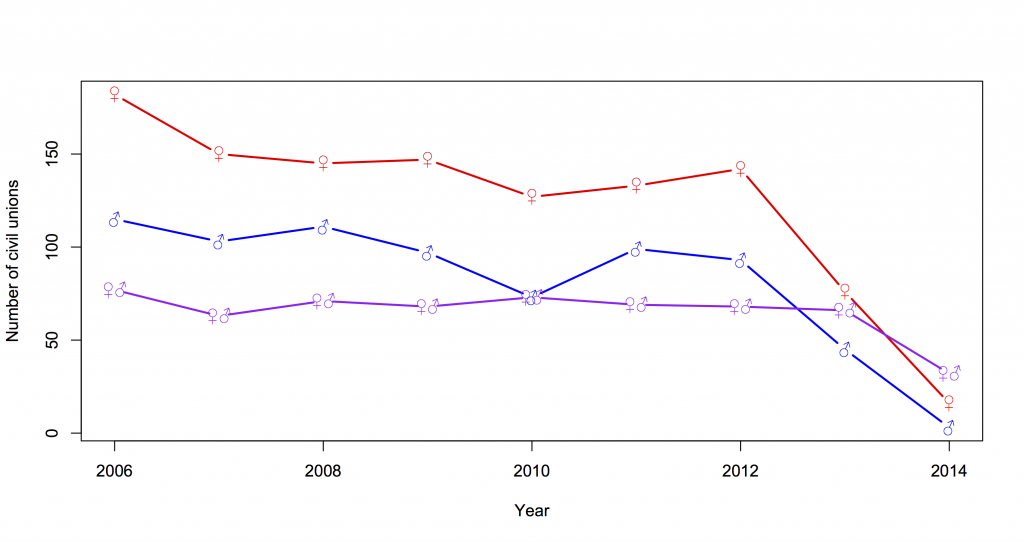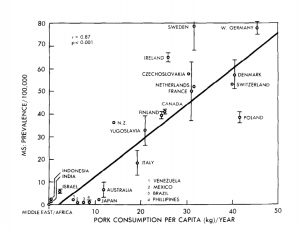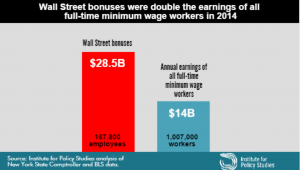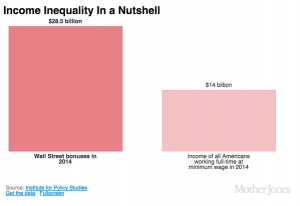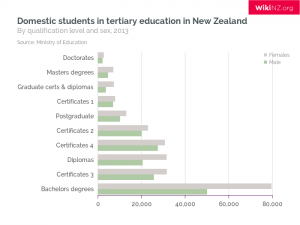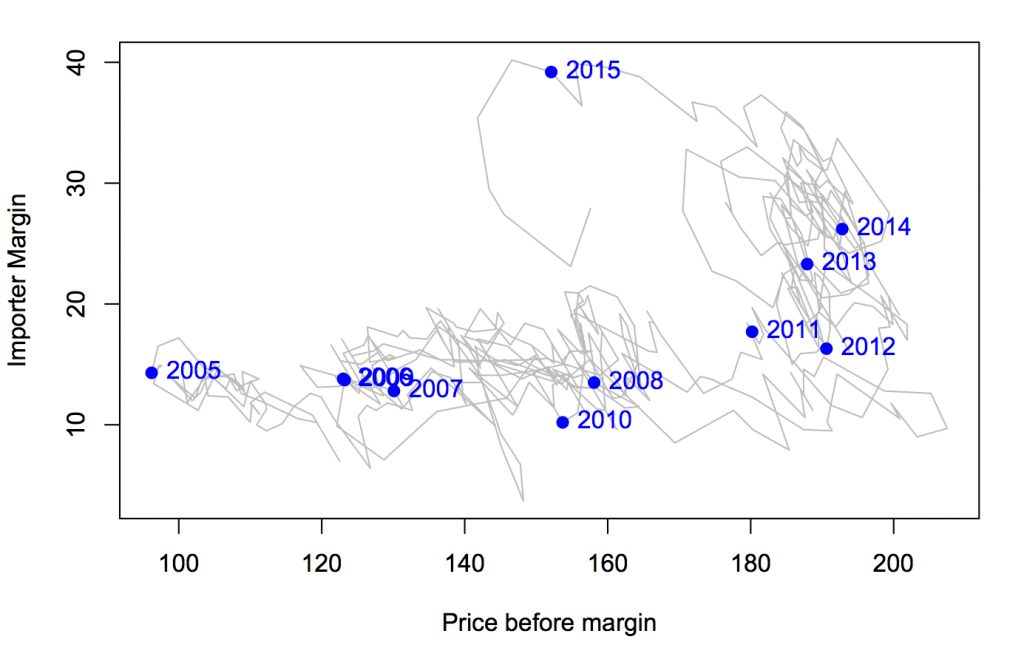There’s a depressing chart at Fusion, originally from the Economist, that shows international comparisons for infant mortality, homicide, life expectancy, and imprisonment, with White America and Black America broken out as if they were separate countries.
Originally, I was just going to link to the chart, but I thought I should look at how Māori/Pākehā disparities compare. European-ancestry New Zealanders and Māori make up roughly the same proportions of the NZ population as self-identified White and Black do in the US. The comparison is depressing, but also interesting: showing how ratios and differences give you different results.
First, infant mortality. Felix Salmon writes
A look at infant mortality, a key indicator of development, is just as grim. Iceland has 1.6 deaths per 1,000 births; South Korea has 3.2. “White America” is pretty bad — by developed-country standards — with 5.1 deaths per 1,000 births. But “Black America,” again, is much, much worse: at 11.2 deaths per 1,000 births, it’s worse than Romania or China.
According to the Ministry of Health, Māori infant mortality was 7.7/1000 in 2011 compared to 3.7/1000 for non-Māori, non-Pacific. According to StatsNZ, the rate for Māori was lower in 2012 (the numbers don’t quite match: different definitions or provisional data). So, the Māori/Pakeha ratio is similar to the Black/White ratio in the US, but the difference is quite a bit smaller here.
Incarceration rates show a similar pattern. In the US, the rate is 2207/100k for Blacks and 380/100k for Whites. In New Zealand, the rates are (about) 700/100k for Māori and 100/100k for European-ancestry. The NZ figures include people on remand; I don’t know if the US figures do. The ratio is a bit lower in New Zealand, but the difference is dramatically lower.
Homicide rates are harder to compare, because New Zealand only started collecting ethnicity of victims last year, and because NZ.Stat will only show you one month of data at a time. However, it looks as though the ratio is a lot less than the nearly 9 in the US. More importantly, the overall rate is much lower here: our rate is 0.9 per 100k, the overall US rate is 4.5 per 100k.
If the Māori/Pākehā disparities are slightly less serious than US Black/White disparities as ratios but much less serious as differences, which comparison is the right one? To some extent this depends on the question: risk ratios may be more relevant as indicators of structural problems, but risk differences are what actually matter to individuals.
